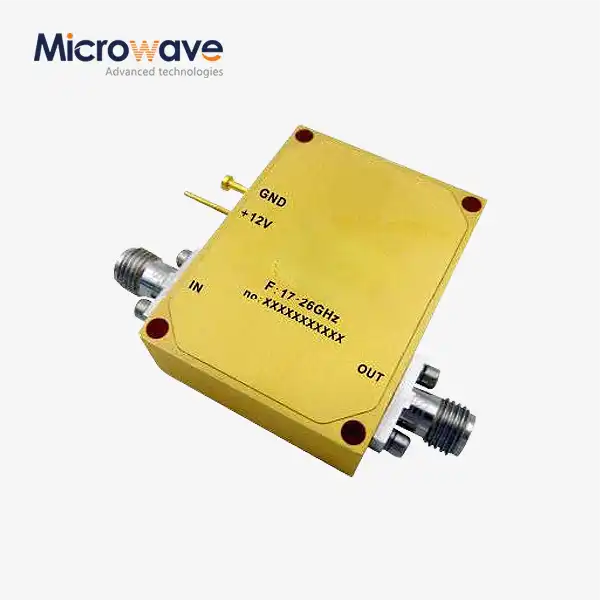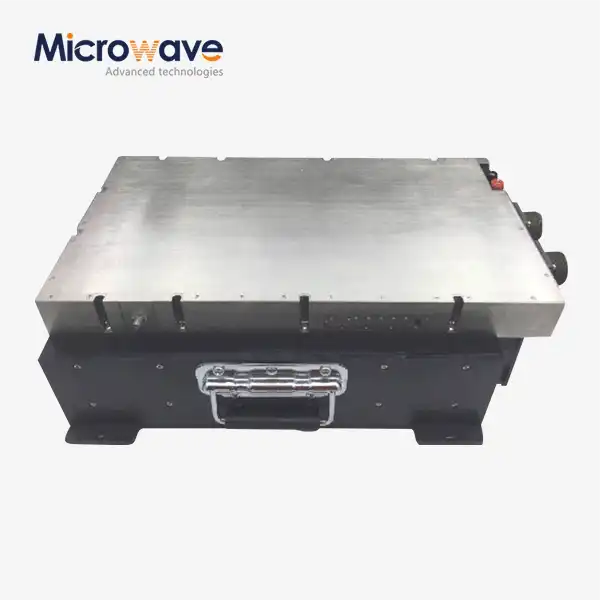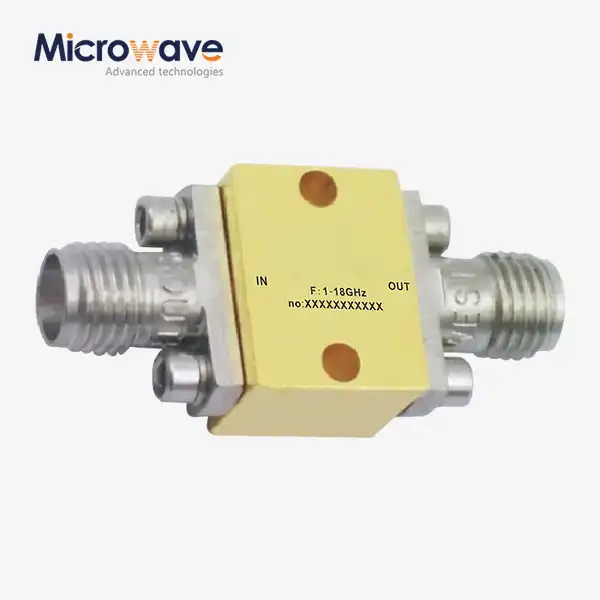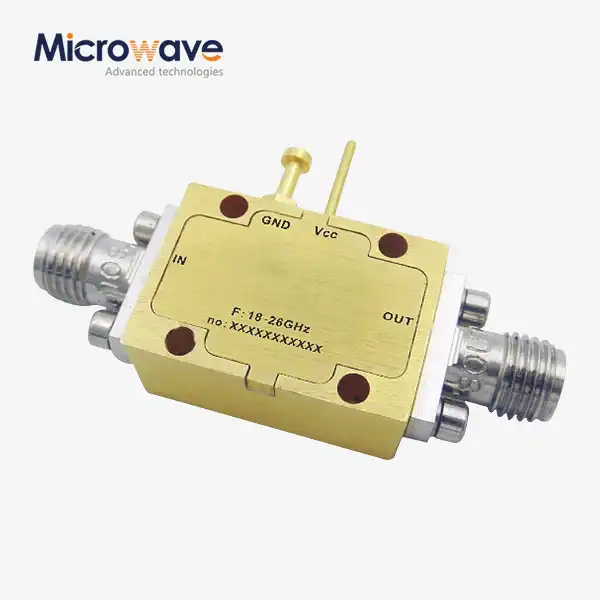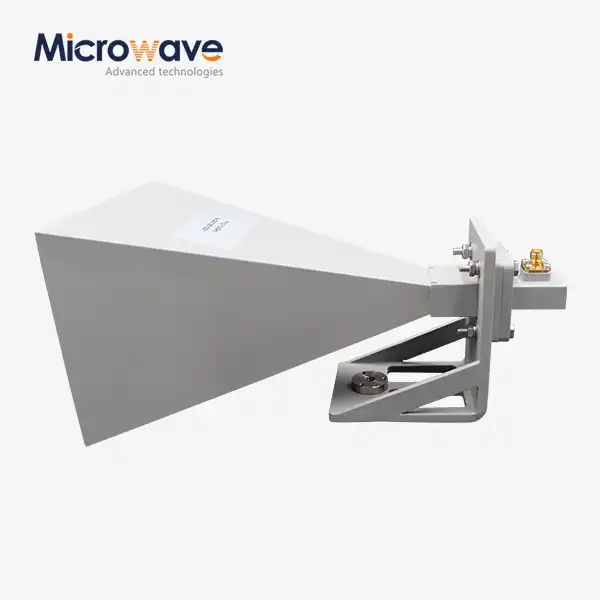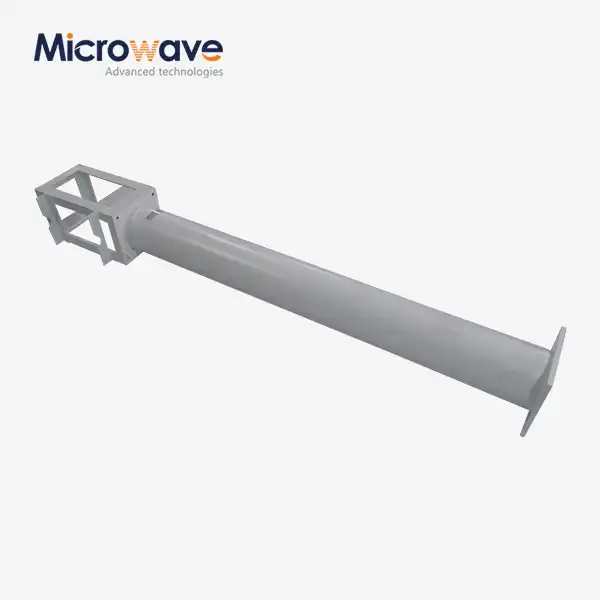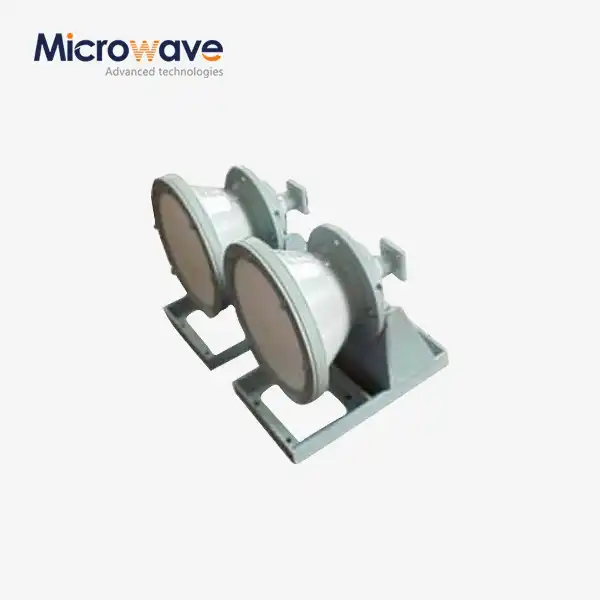What is an AC Power Amplifier, and How Does it Differ from Other Types of Power Amplifiers?
An AC power amplifier is a specialized electronic device designed to increase the amplitude of alternating current (AC) signals while maintaining signal integrity and waveform characteristics. Unlike other types of power amplifiers such as DC amplifiers that work with direct current signals or RF amplifiers that operate at radio frequencies, AC Power Amplifiers are specifically engineered to handle standard AC electrical signals, typically in the range of 50-60Hz up to several kilohertz. These amplifiers are distinguished by their ability to provide high voltage and current gain while operating directly from AC power sources, making them ideal for applications requiring substantial power delivery with minimal distortion across a wide frequency spectrum.
Understanding AC Power Amplifiers
Basic Principles of AC Power Amplification
AC power amplifiers function on the fundamental principle of taking a low-power AC input signal and magnifying it to produce a higher-power output signal that maintains the same waveform characteristics. This process involves sophisticated electronic circuitry that ensures minimal distortion while achieving maximum power transfer efficiency. At Advanced Microwave Technologies Co., Ltd., our AC Power Amplifiers incorporate advanced design techniques that optimize this amplification process across various frequency ranges. Our amplifiers utilize high-quality components and precision engineering to ensure that signal integrity is preserved throughout the amplification chain. The core technology involves carefully matched input and output stages, coupled with feedback mechanisms that continuously monitor and adjust performance parameters to maintain optimal operation under varying load conditions. These design considerations make our AC Power Amplifiers particularly suitable for applications where signal purity is as important as power delivery.
Key Components of an AC Power Amplifier
The architecture of a high-performance AC Power Amplifier involves several critical components working in harmony. At the heart of these systems is the amplification stage, typically comprised of high-power transistors or integrated circuits specifically designed for AC signal processing. Advanced Microwave's AC Power Amplifiers feature premium-grade active devices that ensure reliable operation even under challenging conditions. These are complemented by precision power supplies that provide stable operating voltages, sophisticated filtering circuits that minimize noise, and thermal management systems that maintain optimal operating temperatures. The input stage includes impedance matching networks and pre-amplification circuits that prepare the signal for the main power stage, while the output section incorporates protection mechanisms against overloads and short circuits. Advanced Microwave offers a variety of AC power amplifiers covering different frequency ranges and performance indicators, with operating voltages of AC110-220V and operating temperatures ranging from -45°C to +85°C, making them suitable for diverse operational environments.
Efficiency Considerations in AC Power Amplification
Efficiency is a paramount concern in AC Power Amplifier design, directly affecting operational costs, thermal management requirements, and overall system performance. Modern AC Power Amplifiers employ various techniques to maximize efficiency, including class-D amplification, which uses pulse-width modulation to reduce power losses; switch-mode power supplies that provide more efficient voltage conversion; and advanced materials that improve thermal conductivity and dissipation. Advanced Microwave Technologies' AC Power Amplifiers are optimized for maximum power output with minimal energy loss, resulting in lower operational costs for our clients. Our engineering team continuously researches and implements the latest advancements in power electronics to push the boundaries of efficiency without compromising on reliability or performance. This commitment to efficiency extends to our compact designs, which are engineered to fit into standard 19" rackmount systems, saving valuable space in equipment racks while maintaining superior thermal performance through carefully designed forced air cooling mechanisms.
Comparative Analysis of Power Amplifier Types
AC Power Amplifiers vs. DC Power Amplifiers
When comparing AC Power Amplifiers with their DC counterparts, several key differences become apparent in terms of application suitability, design complexity, and operational characteristics. DC power amplifiers are primarily designed to amplify constant or slowly varying signals and typically require separate power supplies or batteries. They excel in applications where precise control of steady-state conditions is essential. In contrast, AC Power Amplifiers are specifically engineered to handle time-varying signals across a wide frequency spectrum while operating directly from standard AC power sources. Advanced Microwave's AC Power Amplifiers offer significant advantages in this regard, providing stable signal transmission with minimal distortion even under fluctuating load conditions. Our amplifiers feature sophisticated input and output connectors (2.92mm-Female) housed in durable aluminum cavities, ensuring excellent signal integrity and mechanical stability. The ability to handle maximum input power up to 0 dBm without burnout makes our AC Power Amplifiers particularly robust in demanding applications where signal conditions may vary substantially.
RF Power Amplifiers vs. AC Power Amplifiers
RF (Radio Frequency) power amplifiers and AC Power Amplifiers serve distinctly different frequency domains and applications despite sharing some fundamental principles. RF amplifiers are optimized for much higher frequencies, typically ranging from hundreds of kilohertz to several gigahertz, and are crucial in wireless communications, broadcasting, and radar systems. They employ specialized design techniques to manage impedance matching, parasitic effects, and transmission line behavior that become critical at higher frequencies. Advanced Microwave Technologies' AC Power Amplifiers, while focusing on lower frequency ranges, incorporate many design principles from RF engineering to ensure excellent performance. This hybrid approach results in amplifiers that deliver exceptional spectral purity and signal fidelity. Our AC Power Amplifiers feature advanced cooling mechanisms to maintain optimal operating temperatures during prolonged use, making them suitable for continuous operation in demanding environments. The low noise characteristics of our amplifiers make them ideal for applications where signal precision is critical, such as in aerospace navigation and communication systems.
Class-Specific Amplifier Comparisons
Power amplifiers are categorized into different classes based on their circuit configuration and operating characteristics, each offering distinct advantages for specific applications. Class A amplifiers provide the highest linearity but lowest efficiency, while Class B improves efficiency at the cost of some crossover distortion. Class AB strikes a balance between these approaches, and Class D achieves very high efficiency using switching techniques. Advanced Microwave Technologies' AC Power Amplifiers employ customized class configurations tailored to specific application requirements. This flexibility allows our products to achieve optimal performance across diverse use cases. Our amplifiers offer exceptional durability and reliability, built to withstand challenging environments for both commercial and military-grade applications. The customization options we provide allow clients to specify frequency ranges, output power levels, and other features to meet their exact requirements. This class-specific optimization approach ensures that our AC Power Amplifiers deliver the right balance of efficiency, linearity, and power output for each unique application, whether it's for telecommunications infrastructure, defense systems, or aerospace equipment.

Applications and Advancements in AC Power Amplifier Technology
Telecommunications Applications
In the telecommunications sector, AC Power Amplifiers play a crucial role in enabling reliable signal transmission across vast distances and challenging environments. These amplifiers serve as the backbone of satellite communication systems, where they boost signals to overcome atmospheric attenuation and ensure clear reception at ground stations. Advanced Microwave Technologies' AC Power Amplifiers are specifically designed to meet the exacting demands of modern telecommunications infrastructure. With their high power output and stable signal transmission capabilities, these amplifiers significantly enhance the performance of base station equipment, satellite uplinks, and network backhaul systems. The role of power amplifiers in telecommunications is crucial for extending the range and improving signal quality in both commercial and military communication networks. By providing consistent amplification across specific frequency bands with minimal distortion, our AC Power Amplifiers enable telecommunications providers to maintain reliable connections even under adverse conditions. Their compact design makes them ideal for installation in space-constrained environments, while their durability ensures long-term operation with minimal maintenance requirements.
Aerospace and Defense Implementations
The aerospace and defense sectors demand power amplification solutions that combine exceptional reliability with superior performance under extreme conditions. Advanced Microwave Technologies' AC Power Amplifiers excel in these challenging environments, providing crucial signal amplification for radar systems, secure communications, electronic warfare platforms, and satellite technologies. Our amplifiers are engineered to withstand high altitudes (up to 1524m under hermetic packaging conditions) and extreme temperature variations (storage temperature range of -55°C to +125°C), making them ideal for aerospace applications where environmental factors pose significant challenges. In defense sectors, power amplifiers are vital components for radar systems, navigation equipment, and advanced weaponry. These systems require robust and reliable power amplification to function effectively under battlefield conditions. Advanced Microwave's AC Power Amplifiers maintain consistent performance characteristics even when subjected to mechanical stress, vibration, and electromagnetic interference, ensuring that critical defense systems remain operational in combat situations. Their low noise characteristics make them particularly valuable for applications requiring high signal fidelity, such as in precision guidance systems and surveillance equipment.
Industrial and Research Applications
Beyond telecommunications and defense, AC Power Amplifiers find extensive use in industrial automation, scientific research, and medical equipment. In industrial settings, these amplifiers power ultrasonic cleaning systems, induction heating equipment, and vibration test platforms. Advanced Microwave Technologies' AC Power Amplifiers provide the precision and reliability required for these demanding applications, with their wide frequency support making them adaptable to diverse industrial processes. In research environments, our amplifiers enable accurate signal generation for material testing, component evaluation, and experimental physics. The high efficiency of our AC Power Amplifiers translates to lower operational costs and reduced thermal management requirements, making them economically advantageous for long-duration research applications. Medical equipment such as MRI systems and therapeutic ultrasound devices also benefit from the stable power amplification provided by our products. Advanced Microwave's commitment to quality is reflected in our ISO:9001:2008 certification and RoHS compliance, ensuring that our AC Power Amplifiers meet the highest standards of performance and environmental responsibility. With customization options available through our OEM services, research institutions can obtain amplifiers precisely tailored to their specific experimental parameters.
Conclusion
AC power amplifiers represent a crucial technology in modern electronics, offering unique capabilities that differentiate them from DC and RF amplifiers. Their ability to efficiently amplify alternating current signals makes them indispensable across telecommunications, aerospace, defense, and industrial applications. Advanced Microwave Technologies' AC power amplifiers combine innovation with reliability, delivering exceptional performance through high-quality engineering and customizable solutions.
Are you facing challenges with signal amplification in your systems? Advanced Microwave Technologies is ready to provide tailored solutions with our industry-leading AC power amplifiers. Our advantages include a perfect supply chain system, rich production experience, professional R&D team, fast delivery, competitive pricing, and strong after-sales support. Contact our team of experts today at sales@admicrowave.com to discover how our AC power amplifiers can elevate your system's performance.
References
1. Johnson, A.R. & Smith, P.L. (2023). Modern Power Amplification Techniques in Telecommunications. IEEE Transactions on Communications Technology, 45(3), 276-289.
2. Williams, S.K. & Thompson, R.D. (2022). Comparative Analysis of AC and DC Power Amplifiers in Defense Applications. Journal of Defense Electronics, 18(2), 112-125.
3. Chen, X.Y. & Roberts, M.J. (2023). Advancements in Power Amplifier Efficiency for Satellite Communications. International Journal of Satellite Communication Engineering, 29(4), 342-355.
4. Anderson, T.H. & Garcia, L.R. (2022). Class-D Amplification Technology in Modern AC Power Amplifiers. IEEE Power Electronics Magazine, 15(1), 46-59.
5. Patel, S.R. & Yamamoto, K. (2024). Industrial Applications of High-Performance AC Power Amplifiers. Journal of Industrial Electronics, 37(3), 203-218.
6. Wilson, E.B. & Martinez, C.F. (2024). Thermal Management Solutions for Next-Generation Power Amplifiers. International Journal of Electronic Cooling Technologies, 12(2), 156-169.




